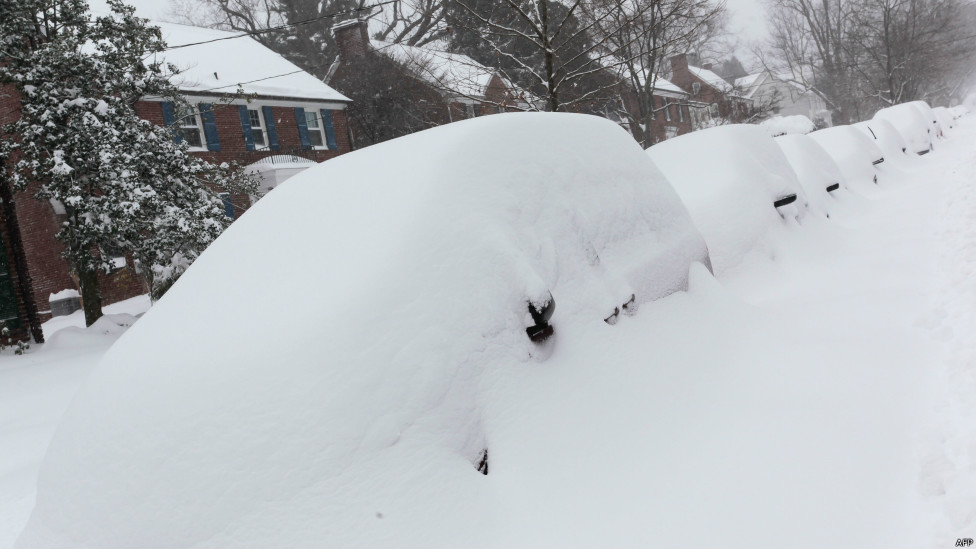On January 5, 2025, the central region of the United States was hit by a rare winter storm, prompting six states, including Kansas, Arkansas, Kentucky, and Virginia, to declare a state of emergency. The storm brought heavy snowfall and strong winds, severely affecting the lives of millions of people.
According to forecasts from the National Weather Service, this storm is the strongest snowfall the region has seen in nearly a decade. In parts of Kansas, Nebraska, and Missouri, snow accumulation exceeded 15 inches, and gusts of wind over 40 miles per hour made travel extremely dangerous. Additionally, cold weather warnings were issued in southern states such as Mississippi and Florida.
State governments quickly activated emergency plans, urging residents to take precautions. In Kansas, stores were packed with people stocking up on supplies, while some school districts in Missouri decided to close for at least a day. Moreover, hundreds of flights were canceled due to icy roads and airport closures, further exacerbating transportation chaos.
The storm not only caused significant inconvenience to people’s daily lives but also had a noticeable impact on economic activities. Many businesses and shops were forced to suspend operations, and supply chains were disrupted to some extent. At the same time, due to transportation paralysis and school closures, many families had to adjust their travel plans and work schedules.
This event has prompted a deep reflection on climate change and emergency response capabilities. With global warming, the frequency of extreme weather events is likely to increase. Therefore, how to build a more comprehensive disaster prevention and mitigation system and enhance the emergency response capabilities of governments and society has become an important issue facing everyone.
In summary, this winter storm not only tested the United States’ emergency response capabilities but also reminded people that in the context of global climate change, it is essential to place greater emphasis on disaster prevention and mitigation efforts to meet the challenges that may arise in the future.

